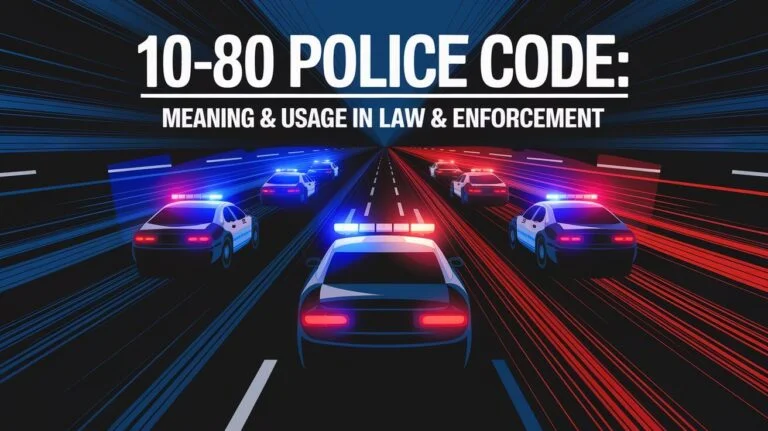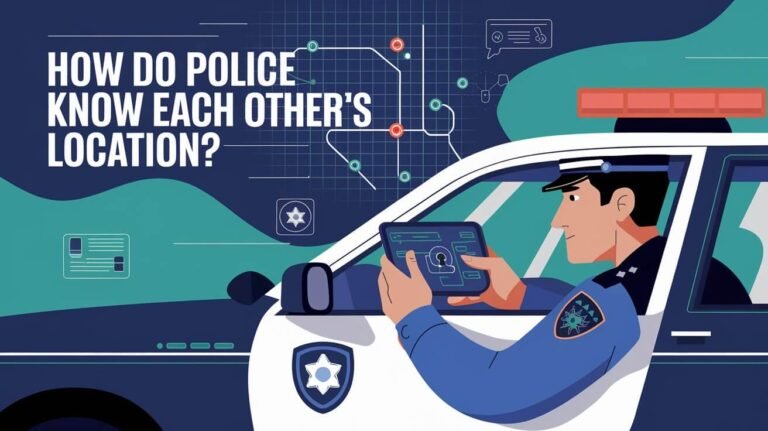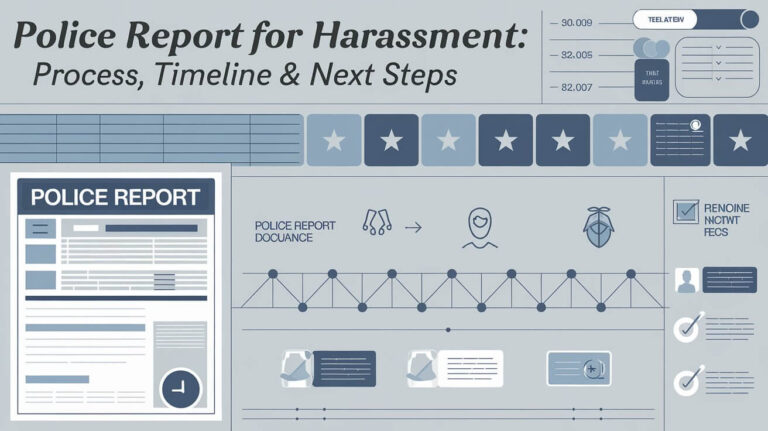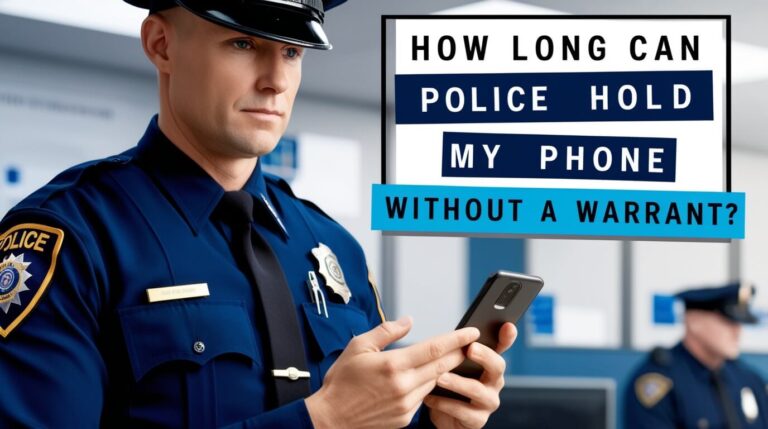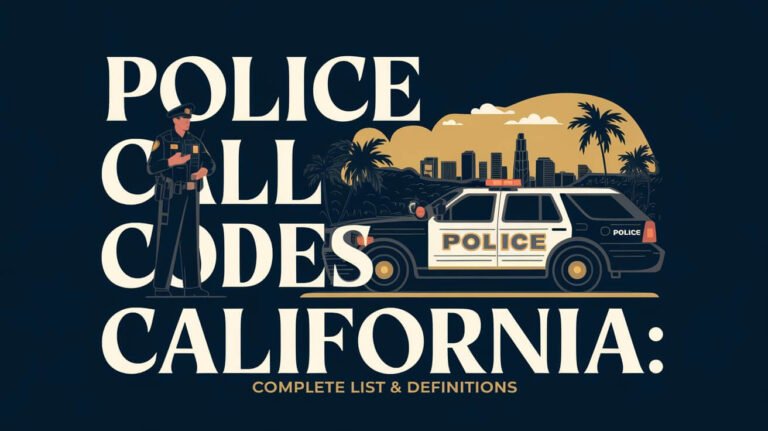Atlanta Police Department: Serving Community Safety & Trust
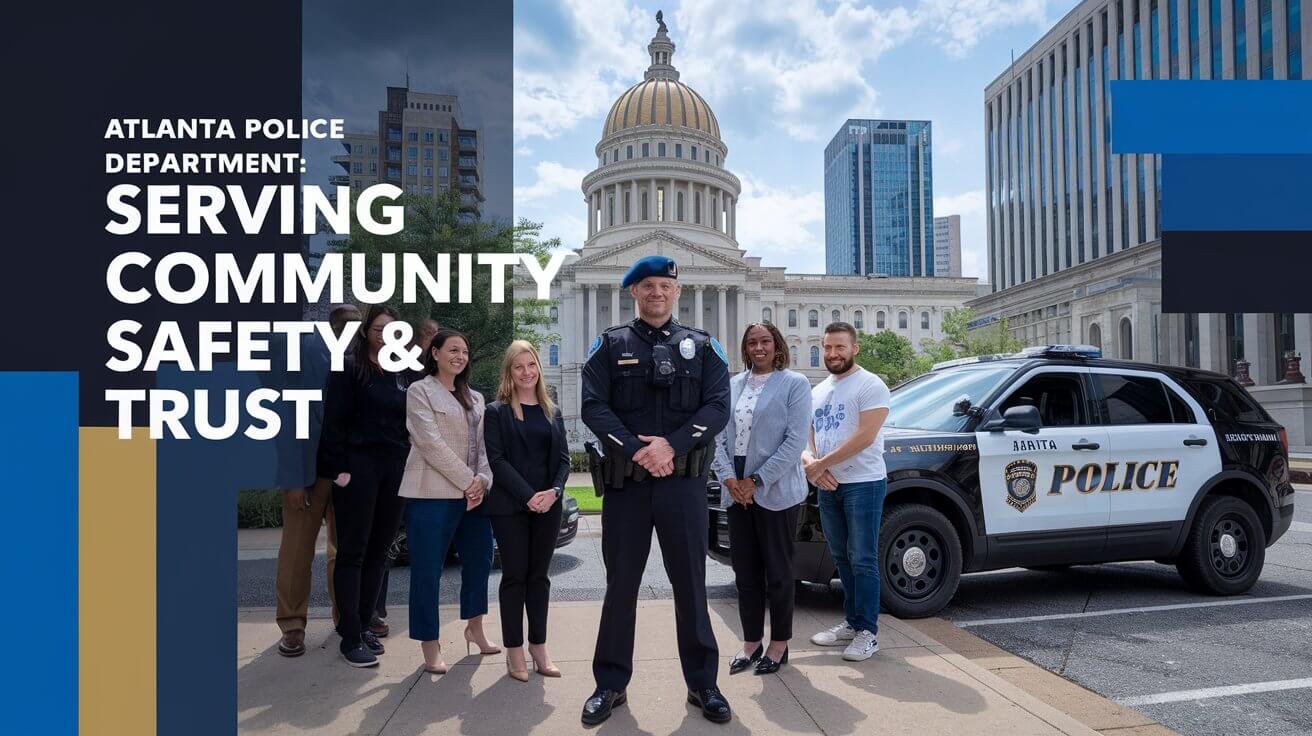
The Atlanta Police Department is key to keeping the city safe. It has a long history, starting in 1873. Today, it serves over 506,000 people in 136.76 square miles.
The APD aims to make Atlanta safer by fighting crime and building trust with the community. This shows its dedication to law enforcement and public safety.
APD is a source of pride for Atlanta’s residents. It aims to be respected worldwide for its professionalism and service. With over 2,000 officers and specialized units, the APD works hard to make Atlanta safer for everyone.
History of Law Enforcement in Atlanta
The history of law enforcement in Atlanta is rich and complex, spanning over a century. The Atlanta Police Department (APD) has grown a lot, with many important achievements. It started in 1873 and has faced many challenges, but has become what it is today.
The growth of law enforcement in Atlanta has been shaped by the city’s growth and social changes. A key event was the integration of Black police officers in 1948. This was a big step towards addressing Atlanta crime and improving community relations.
Early Days and Formation
The APD’s early days were tough, with limited resources and a lack of diversity. But, the department has made big strides, focusing on community policing and Atlanta crime. It has also worked to increase diversity and inclusion through recruitment and training.
Evolution Through Decades
Over the years, the APD has kept growing, focusing on law enforcement history and Atlanta crime. It has used community policing and technology to improve safety and reduce crime. The APD has also tried to build trust with the community through outreach and transparency.
Milestone Achievements
The APD has reached many milestones, like the integration of Black officers and community policing. It has also been recognized for its efforts to fight Atlanta crime and improve safety. As it continues to evolve, the APD remains dedicated to serving the community and tackling law enforcement history and Atlanta crime issues.
APD Organizational Structure Today
The Atlanta Police Department’s structure is set up for effective law enforcement. It is led by the Chief of Police, who oversees different divisions and units. The main parts include the Office of the Chief, the Patrol Division, and the Investigative Division.
Department has a clear rank structure with 8 levels. These are: Chief of Police, Assistant Chief of Police, Deputy Chief, Major, Captain, Lieutenant, Sergeant, and Police Officers/Investigators/Senior Police Officers. Each employee reports to only one supervisor, following the chain of command. The Police Operations Bureau is led by the Assistant Chief, the second in command.
The Support Services Division has 5 sections:
- Corporate Services
- Communications
- Human Resources
- Information Services
- Training
These sections help the police department achieve its mission. They provide important services and resources to the community.
Police Precincts and Coverage Areas
The Atlanta Police Department has six police precincts. Each one covers a specific area in the city. This setup helps officers get to know the community better. It makes their law enforcement work more effective.
The department aims to make sure each precinct knows its area well. This helps cut down response time and boosts public safety. It’s all about making Atlanta safer for everyone.
To reach this goal, the APD uses special units like the K-9 and SWAT teams. These units help the precincts tackle specific challenges. Together, they ensure Atlanta is a safe place to live and work.
Some important aspects of the APD’s precincts and coverage areas include:
- Clearly defined zones of responsibility to reduce response time and improve public safety
- Specialized units to address specific law enforcement needs
- A focus on community policing and engagement to build trust and cooperation with the public
Community Policing Programs
The Atlanta Police Department (APD) knows how important trust is between police and the community. They use community policing programs to build this trust. These programs help the police and community work together to prevent crime and make life better.
The APD has started the Community Oriented Policing Services (COPS) program and the Community Courtesy Officer Program. The COPS program puts officers in apartment communities. The Community Courtesy Officer Program helps build strong relationships with the community. The APD also supports the Community Safety Housing Program, which helps first responders with housing costs.
Some key parts of the APD’s community policing efforts include:
- Purchasing homes for officers to live in the communities they serve
- Renting homes for officers in apartment communities
- Providing financial support for rent through the Community Safety Housing Program
- Building partnerships with over 30 social service agencies to support youth through the At-Promise program
Working closely with the community and listening to their needs, the APD can tackle specific problems. This helps improve how the police and community relate to each other. The APD sees community policing as a key part of their work, knowing that trust and partnerships are key to good law enforcement.
| Program | Description |
|---|---|
| Community Oriented Policing Services (COPS) | Places officers in apartment communities to build relationships with residents |
| Community Courtesy Officer Program | Aims to place 150 APD officers in apartment communities over the next three years |
| Community Safety Housing Program | Provides financial support of up to $850 per month towards rent for participating first responders |
Atlanta Police Department Training Academy
The Atlanta Police Department Training Academy is a top-notch facility. It gives new recruits the skills and knowledge they need. The training program is over 20 weeks long.
It includes more than 80 hours of physical training, 80 hours of defensive training, and at least 48 hours of firearms training. The curriculum covers many topics, like law and procedure, firearms, and defensive tactics.
The academy also offers continuing education. This helps officers keep up with new law enforcement developments. The goal is to prepare recruits for law enforcement challenges with hundreds of hours of classroom instruction.
To qualify, recruits must run 1.5 miles in 14 minutes and 30 seconds or less. To graduate, they must run it in under 13 minutes and 30 seconds. They also have to complete an obstacle course in under 2 minutes to qualify and under 1 minute and 41 seconds to graduate.
Academy is currently at Atlanta Metropolitan State College. A new, state-of-the-art facility is being built.
| Training Requirement | Duration/Time |
|---|---|
| Physical Training | Over 80 hours |
| Defensive Training | 80 hours |
| Firearms Training | Minimum 48 hours |
| 1.5 Mile Run (Qualification) | 14 minutes 30 seconds or less |
| 1.5 Mile Run (Graduation) | Under 13 minutes 30 seconds |
| Obstacle Course (Qualification) | Under 2 minutes |
| Obstacle Course (Graduation) | Under 1 minute 41 seconds |
Crime Prevention Strategies
The Atlanta Police Department knows how vital crime prevention is. It helps lower crime rates and makes the community safer. They use law enforcement strategies to stop crime and find its causes. One way is through crime mapping and data analysis to pinpoint high-crime spots.
Some of the initiatives implemented by the APD include:
- The At-Promise youth crime diversion program, which provides education and job training to at-risk youth
- The Build the Force Campaign, which aims to recruit new police officers to improve response times and community engagement
- Operation Shield, which utilizes a network of public and private cameras for real-time surveillance
These efforts show the APD’s dedication to preventing crime and keeping the community safe. By teaming up with the community and other agencies, they can stop crime and enhance life for Atlanta’s residents.
| Initiative | Description |
|---|---|
| Crime Stoppers of Greater Atlanta | A program that allows citizens to report crimes anonymously and receive rewards for information leading to arrests |
| Repeat Offender Initiative | A program that targets individuals responsible for a significant portion of reported crimes in Atlanta |
Technology and Modern Policing Tools
The Atlanta Police Department leads in using police technology to boost its work and safety. It uses advanced tools to make its work more efficient and cut down on crime. For example, digital systems help manage and study evidence well. Communication tools also make it easier for officers and the public to talk.
APD uses data analytics to guide its crime prevention. This helps spot trends and patterns, so it can focus resources better. Thanks to this, crime rates have dropped by 19% with the help of predictive policing.
Digital Evidence Management
Digital evidence systems have changed how the APD handles evidence. These systems keep evidence safe and make it easier to solve crimes. This helps bring criminals to justice faster.
Communication Systems
Advanced communication tools are key for the APD. They let officers and the public stay connected. This makes responding to emergencies quicker and communication better.
Data Analytics in Crime Prevention
Data analytics has been a big help for the APD in fighting crime. It helps find where crimes happen most and where to send resources. This has made Atlanta a safer place for everyone.
| Technology | Impact on Crime Rate |
|---|---|
| Predictive Policing Technology | 19% reduction in crime |
| Body-Worn Cameras | Noticeable drop in citizen complaints and use-of-force incidents |
| Drones | Enhanced search and rescue operations |
The APD’s use of technology has greatly helped lower crime and improve safety. By keeping up with these tools, the department aims to make the community even safer.
Public Safety Partnerships
The Atlanta Police Department (APD) knows how vital partnerships are for public safety. By working with other agencies, the APD can share resources and knowledge. This helps it better respond to and prevent crime.
Key partnerships include those with federal, state, and local agencies like the FBI and the Georgia Bureau of Investigation. These alliances help the APD keep up with new law enforcement technologies and strategies. This leads to better public safety.
Some benefits of these partnerships are:
- Enhanced intelligence sharing and coordination
- Improved response times and effectiveness
- Increased access to specialized resources and expertise
- More efficient use of resources and personnel
Building strong partnerships, the APD can serve the community better. The APD’s dedication to working together is key to its strategy. It will keep collaborating with other agencies to meet its goals.
| Agency | Partnership Type | Benefits |
|---|---|---|
| FBI | Intelligence sharing | Enhanced national security and crime prevention |
| Georgia Bureau of Investigation | Resource sharing | Improved response times and effectiveness |
| Local agencies | Coordination and cooperation | More efficient use of resources and personnel |
Emergency Response Protocols
The Atlanta Police Department has set up detailed emergency response plans. These plans help them quickly and effectively handle emergency situations. They cover 911 calls, critical incidents, and disasters, which are key parts of their law enforcement work.
Trained dispatchers staff the 911 operations. They can quickly figure out what’s happening and send officers to help. The Atlanta E911 Communications Center is open all the time, serving about 500,000 people. They use new tools to guide call-takers and help responders understand the situation better.
Key Components of Emergency Response Protocols
- 911 operations: The department’s 911 operations are staffed by trained dispatchers who can quickly assess situations and dispatch officers to respond.
- Critical incident response: The department has established protocols for responding to critical incidents, such as hostage situations or active shooter scenarios.
- Disaster management: The department has developed plans for responding to and recovering from large-scale disasters, such as hurricanes or earthquakes.
The department’s emergency response plans are all about working together to handle emergencies well. By sticking to these plans, they can quickly and effectively respond to emergencies. This helps keep the community safe.
| Emergency Response Protocol | Description |
|---|---|
| 911 Operations | Staffed by trained dispatchers who can quickly assess situations and dispatch officers to respond |
| Critical Incident Response | Protocols for responding to critical incidents, such as hostage situations or active shooter scenarios |
| Disaster Management | Plans for responding to and recovering from large-scale disasters, such as hurricanes or earthquakes |
Special Events and Security Operations
Atlanta Police Department is key in keeping people safe at big events like sports games and concerts. They use their skills and resources to manage crowds and ensure everyone’s safety. This way, people can have fun without worrying about their safety.
For each event, the APD creates a special security plan. They work with event planners and other groups to make sure everything goes smoothly. This teamwork helps the APD handle any situation, big or small.
Some important parts of the APD’s work include:
- Checking event places for safety risks
- Creating plans to control crowds
- Teaching event staff and volunteers about security
- Working with other teams like medical services and fire departments
Focusing on security, the APD makes sure events are both safe and fun. This helps make the events a success and keeps everyone happy.
Final Summary
The Atlanta Police Department (APD) has a rich history of keeping the city safe. It aims to make Atlanta safer through its mission and vision. The APD values professionalism, commitment, integrity, and courage.
It uses community policing, crime prevention, and technology to lead the way. This makes it a model for other police forces across the country.
Despite ongoing challenges, the APD tackles them with determination. The Citizen Review Board investigates all complaints, showing the department’s commitment to transparency. By working with the community and other safety partners, the APD is ready to build on its legacy.
This will help make Atlanta safer, more just, and prosperous for everyone.
Answering Your Queries
What is the mission and vision of the Atlanta Police Department?
The Atlanta Police Department (APD) aims to make Atlanta safer. It follows core values like professionalism and integrity. These values guide their actions and decisions.
What is the history of law enforcement in Atlanta?
Law enforcement in Atlanta has a long and complex history. Over a century, the APD has grown a lot. It has achieved many milestones along the way.
How is the APD organized and structured?
The APD is organized to provide effective law enforcement. It has a Chief of Police leading the department. The Chief oversees different divisions, like Patrol and Investigative.
How are the APD’s police precincts and coverage areas organized?
The APD’s precincts and areas are set up for efficient service. Each precinct has its own area and special units. This includes the K-9 unit and SWAT team.
What is the APD’s approach to community policing?
Community policing is key for the APD. It builds trust and partnerships with the community. The APD’s programs encourage collaboration and cooperation.
What kind of training do APD officers receive?
The APD’s training academy is top-notch. It prepares new officers with the skills they need. The training covers a wide range of topics.
What are the APD’s crime prevention strategies?
Crime prevention is a big part of the APD’s mission. The department uses strategies to prevent crime. It works with the community and other agencies to improve safety.
How does the APD utilize technology and modern policing tools?
The APD uses technology to enhance its operations. It employs digital evidence management systems and data analytics. These tools help the department in many ways.
What kind of public safety partnerships does the APD have?
The APD works with other agencies for public safety. These partnerships help share resources and intelligence. This cooperation is essential for effective law enforcement.
How does the APD respond to emergency situations?
The APD has protocols for emergency situations. It responds quickly to 911 calls and critical incidents. The department has plans for disasters too.
What role does the APD play in special events and security operations?
APD ensures safety at special events. It uses its expertise for security and crowd control. The department’s special events unit is ready for any scenario.

